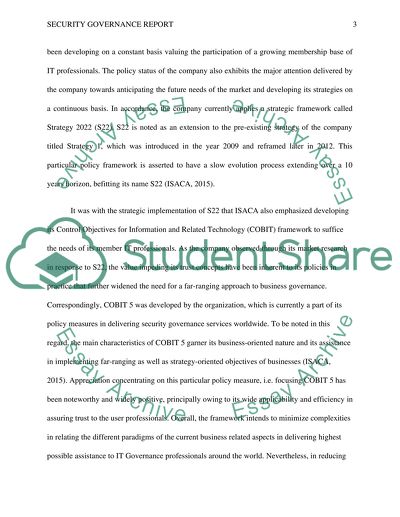Cite this document
(“Security Governance Report Assignment Example | Topics and Well Written Essays - 2000 words”, n.d.)
Security Governance Report Assignment Example | Topics and Well Written Essays - 2000 words. Retrieved from https://studentshare.org/information-technology/1691525-security-governance-report
Security Governance Report Assignment Example | Topics and Well Written Essays - 2000 words. Retrieved from https://studentshare.org/information-technology/1691525-security-governance-report
(Security Governance Report Assignment Example | Topics and Well Written Essays - 2000 Words)
Security Governance Report Assignment Example | Topics and Well Written Essays - 2000 Words. https://studentshare.org/information-technology/1691525-security-governance-report.
Security Governance Report Assignment Example | Topics and Well Written Essays - 2000 Words. https://studentshare.org/information-technology/1691525-security-governance-report.
“Security Governance Report Assignment Example | Topics and Well Written Essays - 2000 Words”, n.d. https://studentshare.org/information-technology/1691525-security-governance-report.


